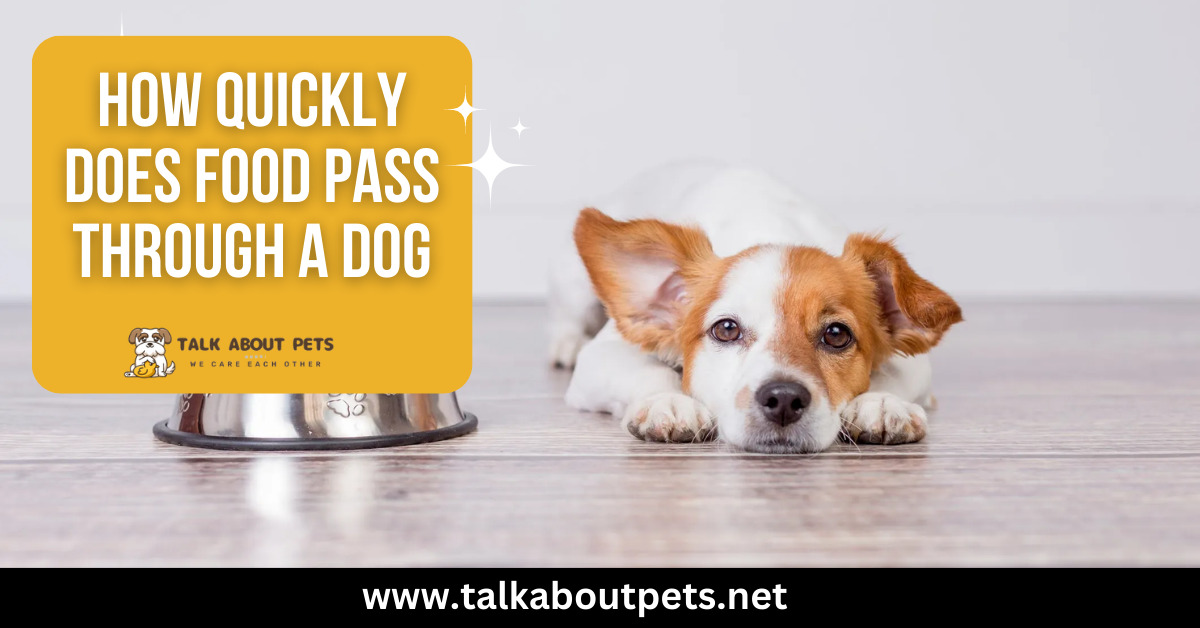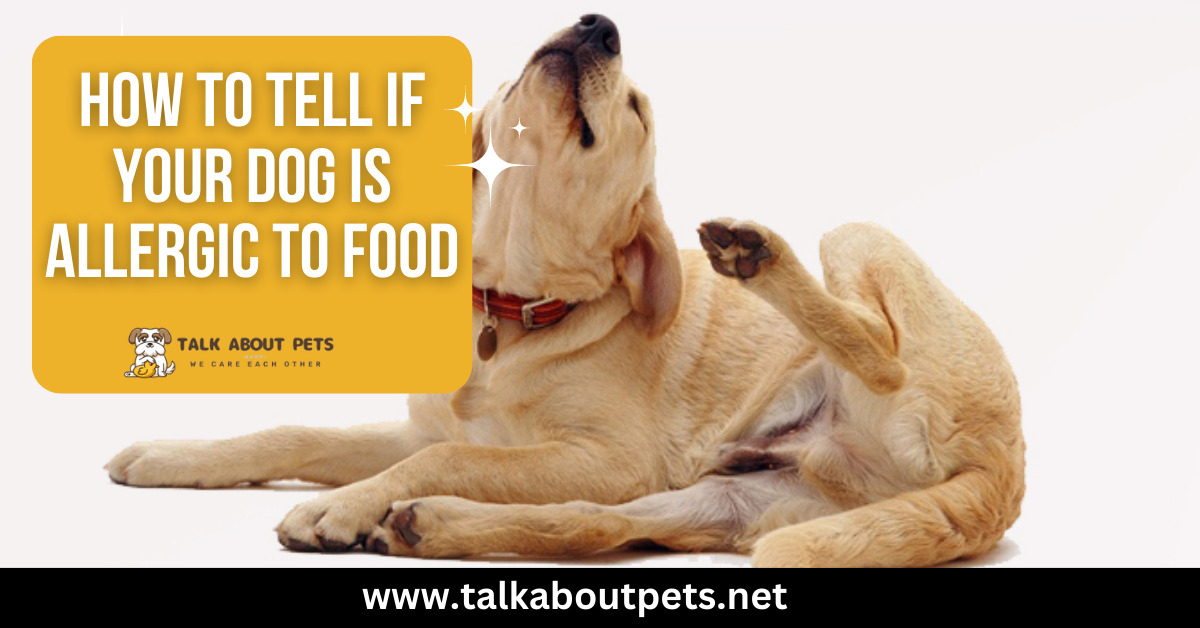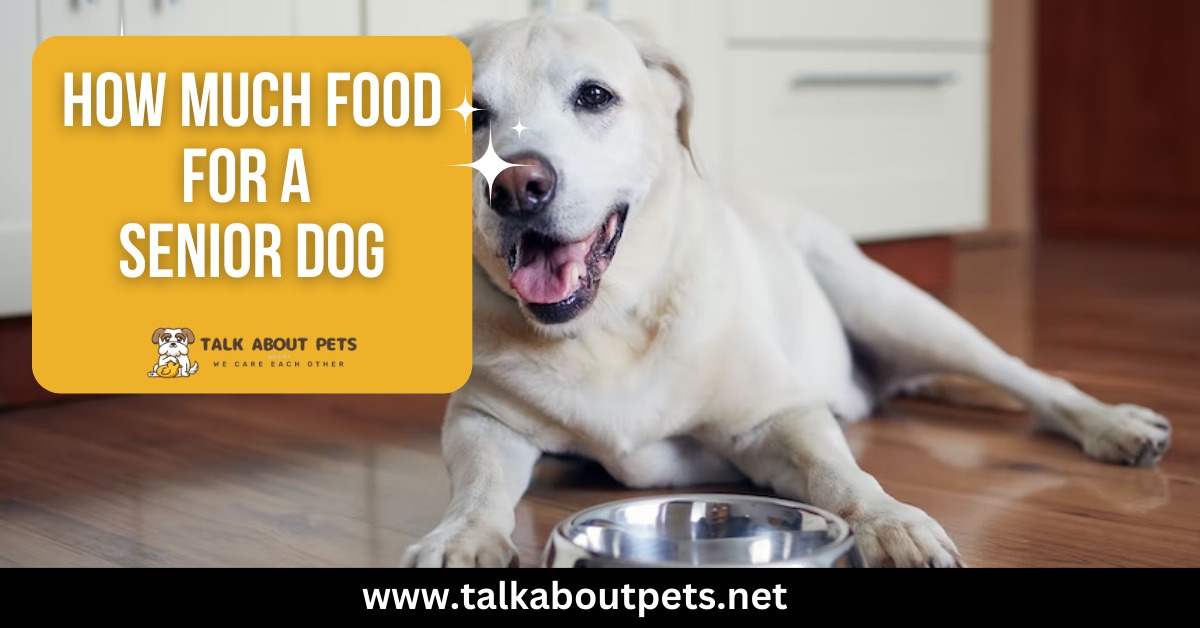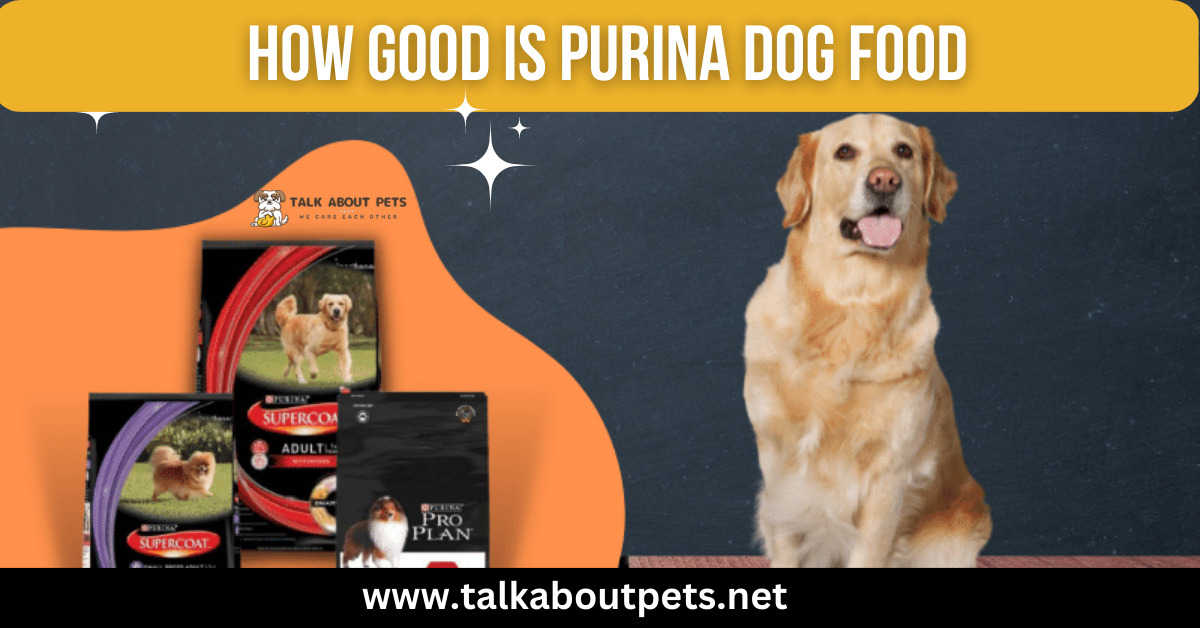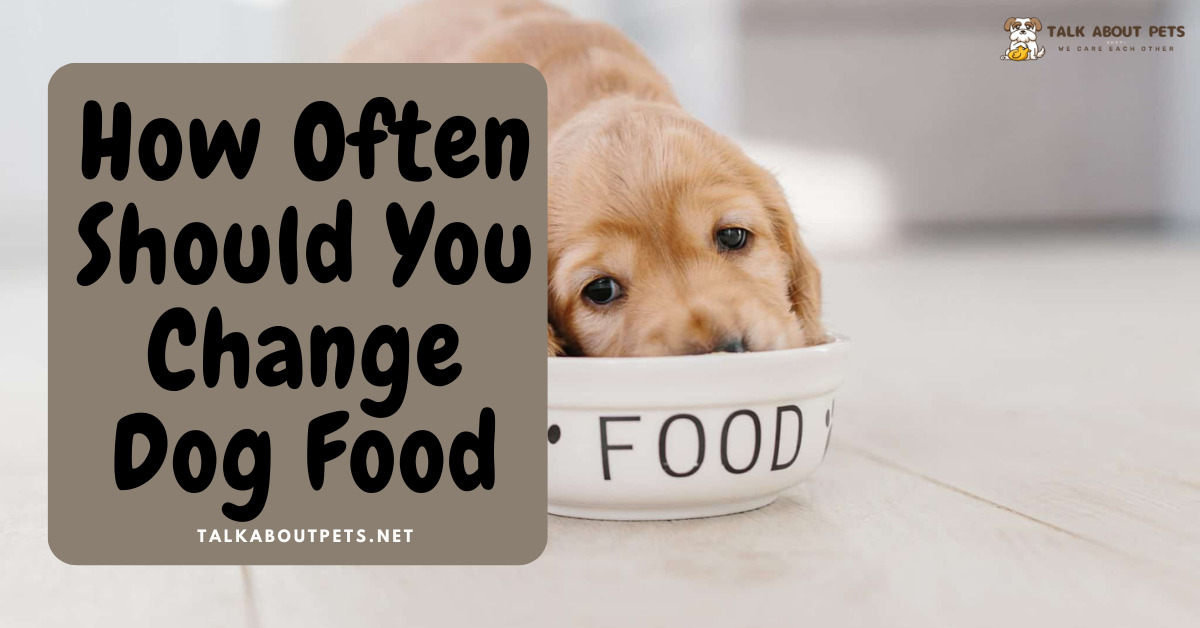Eating can be a fun thing for a dog to learn. Most dogs enjoy trying new things, and being introduced to food is a fun way to exercise your dog.
When attempting new foods, try not to overfeed or underfeed your dog. The last thing you want is for them to gain weight too quickly and have difficulty accepting the food. A good rule of thumb is to try a small amount of food before you try any amount of food.
Another tip is not to hold the food. Instead, put the food on the table in front of your dog and let them get with it.
How quickly food passes through a dog
There are two main times for any food to pass through a dog is while it is in transit to the dog’s mouth and while it is in the dog’s mouth.
When food is introduced to a dog, such as cereal or meatballs, it needs time to pass through the digestive system. This includes milk and other foods with milk as a part of the process.
While this sounds easy, it can be an issue for dogs that suffer from chronic gas and/or vomiting. Because the food has to wait for enough time to pass through the system. It may not be the same consistency or even the same flavor as before.
Another issue can be allergic reactions or conflicts with foods.
Size of food particles
How much food a dog can eat in a half hour
Bullet point: Large dogs can consume more food in one hour than smaller dogs
The size of the dog affects the amount of food it can eat in one hour. The larger dogs can consume more than the smaller dogs. This is due to the volume of organs, muscles, and other tissues that contain water.
Dogs measure how much food they want to eat because they are too stuffed afterward. If you see your dog eating little pieces of food, this is a sign that he’s finished eating and you should give him more.
Some foods are bigger than others. Some are flat-shaped and some are round-shaped. If your dog doesn’t seem to like the size of the food, try cutting them down in size or changing up how you give them.
Hydration of the dog
When your dog is dehydrated, it can be a long time before he or she passes enough water and nutrients to keep him or her hydrated. Most dogs need a few drinks a day to stay hydrated[1].
Some dogs do not drink enough water daily. This can be for many reasons, from picky to no-sugar dry food to non-water treats. Keeping a supply of watered-down foods in the house is a great way to help this dog.
If your dog does not seem thirsty, try giving him or her less water or making more water available. If this does not help, you may need to seek help from the veterinary office. There may be something wrong with the source that is causing the lack of thirst and hydration.
Does the dog have a persistent inflow of food?
If your dog does not have a consistent need for food, he can pass through the winged whelping stage in just a few weeks.
During this whelp stage, which lasts about a month, the dog will gorge himself and then stand there looking stunned as if he just had a stroke. This is his first sign of how much food he needs to eat.
Once he is big enough to go outside, he will need to be supervised as some dogs can be hungry enough to wander off at this stage.
If you have a very socialized dog that likes to enjoy time on the leash, it can go back to normal speed and activity levels once they settle into its bonded territory.
However, this stage of whelping can be passed quickly if it is needed. Some dogs just pass through it without too much issue, but if your dog does get stuck in this stage, it is worth seeking veterinary advice as soon as possible to resolve the issue.
Does the dog have a persistent outflow of feces?
Most dogs do not have a severe case of constipation, but it can happen often. Constipation is a frequent condition in the dog world due to not only being deficient in dietary fiber, but also in comparison to human nutrition.
Dogs do not have much interest in eating their food, so it will pass quickly. If your dog has a heavy coat or seems dry during this process, then he may be having trouble passing it all.
However, if he seems hungry and has had no new food for around a week, then you should probably give him some to help prevent constipation. Something else could be the lack of interest in food or the need for food. Any of these could be the cause of his lack of appetite.
Dog intestine’s size and shape
As the name suggests, the size of a dog’s intestine determines how quickly it processes food. Large intestines are more efficient than short ones[2].
Dogs have a high metabolic rate, which means they consume more food than others their size. This is why dogs can be seen running away from other adults’ meals.
They also need their food frequently to use it in their digestion process. These two things make eating enough for your dog important!
How much meat your dog gets will also determine how large its intestine is. Some dogs are born with a small one that gets repaired as they grow, while others are diagnosed with an oversized one.
The former can use some help, as they can suffer from constipation and diarrhea due to not receiving enough nutrients from it.
Smooth muscle control in the dog intestines
Your dog has a very fine line between not being hungry and not pooping. When he is healthy, this balance can be maintained!
If your dog is constipated, it may be that he is not eating enough to keep his intestines functioning properly. When pooping, it may be that the dog isn’t toileting often enough and/or doesn’t enjoy the experience as much as it should.
Poor bowel habits can sometimes get worse on their own, especially if you are honest about what your dog needs to do for things to change. If you are extremely blunt about what happens and how little you care about your dog, then you need to rethink whether you are talking to or governing your dog.
But even if you don’t feel like it at times, your dog’s health depends on everything they do.
Occasional diarrhea in dogs
While most dogs do well with a variety of foods, sometimes it is best to avoid some diets or whole foods and focus on the more limited options.
Theoretically, these limited diets help help treat any issues with absorption or nutrition, such as severe vitamin or mineral deficiency.
While it may be helpful to introduce the limited diet for a short time (for example, one week on, one week off), then reintroducing the new diet in its place is necessary.
Too much of a good thing can be even worse than not having enough of an item. If your dog does not seem comfortable with the introduction, then it may be better to limit the introduction to only one new diet at a time.

